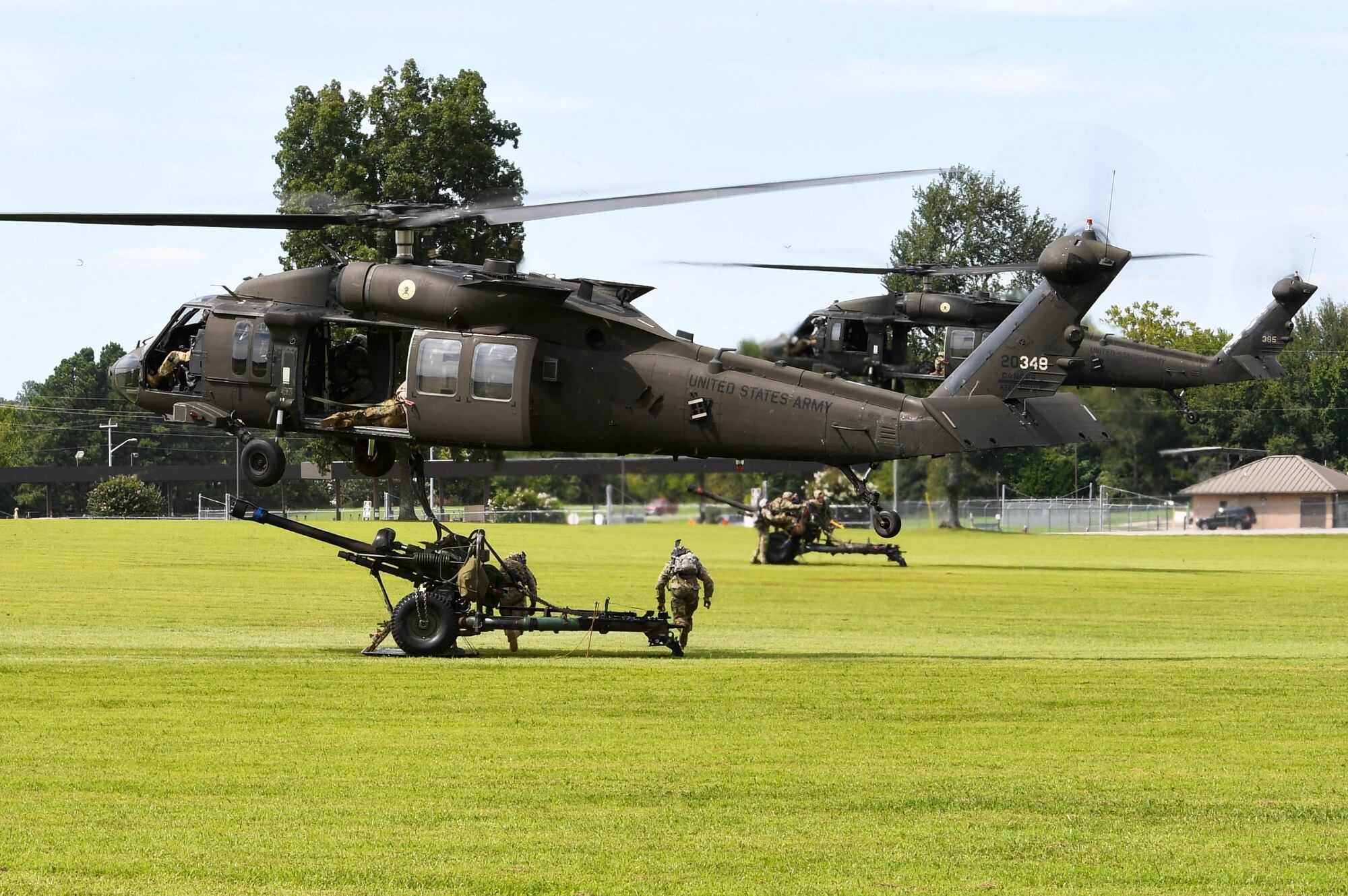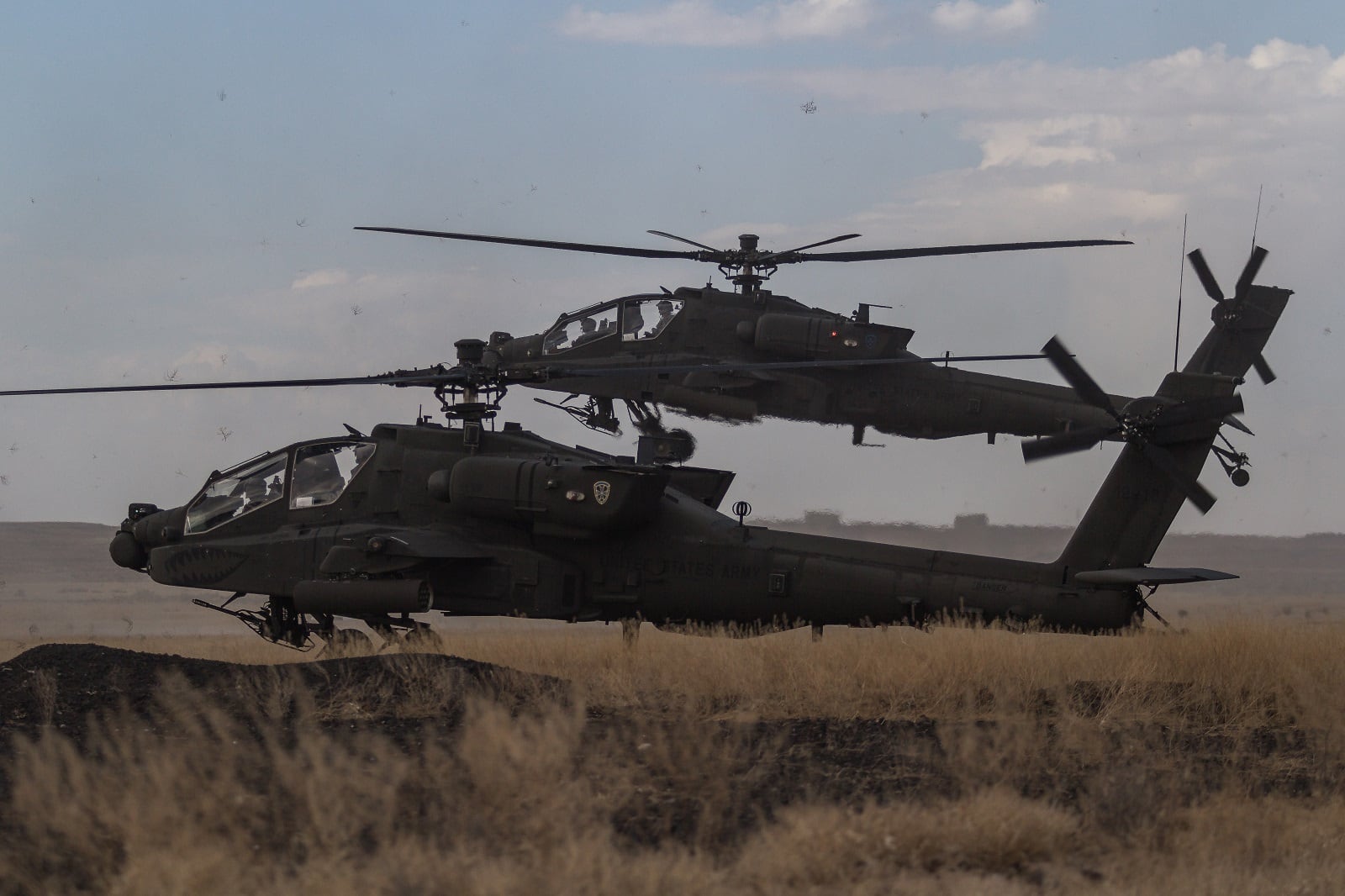Budget restrictions have forced the Army to reduce flight hours over the past several years, and that could have big consequences if the service is forced to fight a near-peer threat, the head of the Army Aviation Center of Excellence said on Thursday.
The Army was able to keep its aviation mishaps below average this year, Maj. Gen. William Gayler told members of the House Armed Services Committee during a hearing on Capitol Hill, but that could change if they continue to be stretched thin.
“If current trends in reduced flight hours continue, combined with a requirement to enter into a high threat environment ... historically, we do see a rise in aviation mishaps,” he said.
Active duty aviation units see about 10 flight hours per month, he said, well below the goal of 14.5.
Army aviation has been working on a “significantly reduced” budget over the past six years, he said, forcing the service to focus on near-term issues and put off real work on the future.
“Aviation initiatives to sustain readiness and to meet global requirements have come at a cost to our modernization,” he said.
RELATED

The 2016 Holistic Aviation Assessment Task Force, which the community undertook at the request of Army Chief of Staff Gen. Mark Milley, came back with 63 recommendations for improving the health of Army aviation.
Thirty of those have been completed or have a plan in place, Gayler said, and the rest will be finished by the end of 2018.
“We have made great strides in adjusting training to bring our forces to a higher level of collective training, which would be necessary on a future modern battlefield, to include [unmanned aerial system] integration and teaming with manned systems,” he said.
The Army is also working on standardizing its maintainer training program, he said, to increase overall maintenance knowledge throughout aircraft types.
But that focus on readiness has come at a cost to modernization, and, in some cases, has forced the Army to take helicopters out of service for necessary upgrades.
“In order to incrementally modernize our fleets — for example, the AH-64 — we have to take existing airframes out of operational units to induct them into a remanufacturing line to improve that airframe,” he said. “That impacts readiness.”
RELATED

On average, he added, an Apache battalion of 24 has three or four birds out of service for upgrades at any given time.
Meanwhile, rising threats on the Korean peninsula and in eastern Europe have the Army on edge about facing combat against a force with comparable skills and equipment.
“Based on [the] force structure that we now have as a result of budget realities, we are absolutely strapped to meet demand, while simultaneously training for major combat operations at a higher level of readiness, and then while balancing modernization,” Gayler said.
Meghann Myers is the Pentagon bureau chief at Military Times. She covers operations, policy, personnel, leadership and other issues affecting service members.





